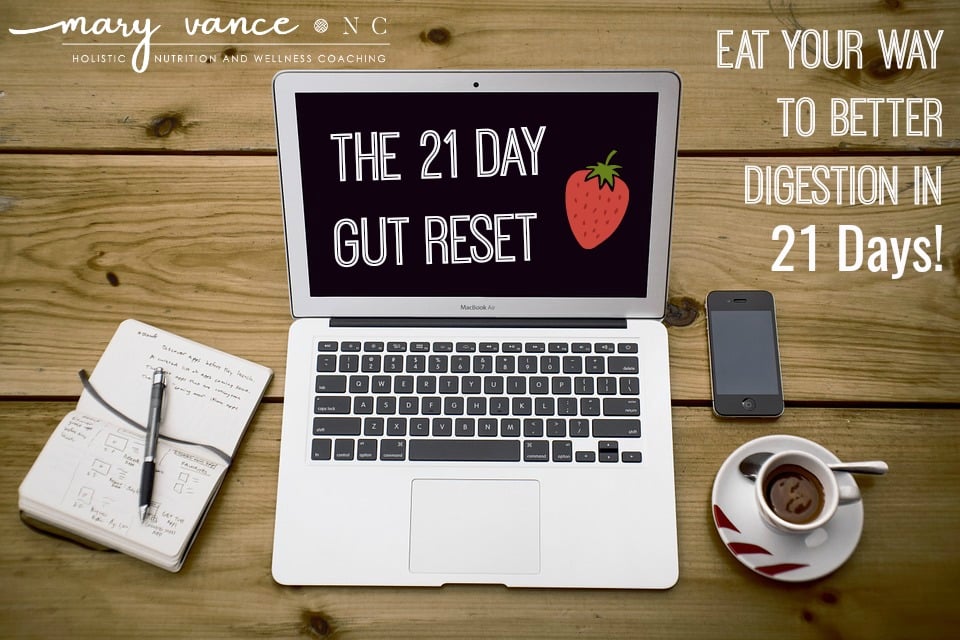Have you been considering a weight loss program? There are so many options out there it can be dizzying: should you go gluten free to lose weight? Paleo? Do a detox? Eat low carb? What does that even mean? Do you have to give up all your bread and pasta and dessert? Is low carb right for you, and can it help you lose weight and be healthier?
Is Low Carb Right for You?
First off, what does low carb even mean? Anything that isn’t a protein or a fat is a carb. This means grains, legumes, fruits, vegetables and sugars are all carbohydrates. I want to be very clear right away by saying that carbs are not bad and should not be demonized. We need carbohydrates for satiety and fiber. Most people understand that we need carbohydrates for energy, because carbs of all types break down into glucose, which is your body’s main fuel source. BUT if you lower your carb intake, your body will switch to burning fat for fuel, which provides ketones that can also be used by your brain and various organs as a source of energy. This is called ketosis, which can be very useful for blood sugar balance (if you have a tendency toward hypoglycemia) and fat loss.
Eating low carb means reducing the amount of carbs in your diet. Simple, right? Most guidelines say adults should aim for around 300 grams of carbs daily, but as we all know, diet is never a one size fits all approach. That number may be too high for some people. Just for reference, a bagel is about 65 grams of carbs, and a cup of pasta has about 78 grams. By comparison, a cup of chopped kale has about 6 grams of carbs, and a sweet potato has almost 30 grams. Low carb diets typically recommend between 50- 100 grams of carbs per day. That’s usually 3 meals of vegetables, some starchy veggies, and 1-2 pieces of fruit. Ketogenic diets can go even lower, as low as 20 grams.
So how do you know if low carb is right for you? If you’re looking to lose weight, overcome energy crashes during the day, sleep better and/or improve digestion, you are probably a good candidate. Most of us consume too many carbohydrates, because we’ve been told that bread, pasta, rice and cereal (all higher carb grain-based foods) should be the base of our diets. But where has this gotten us? Fatter and more unhealthy as a nation, because many of these foods contain refined white flour and refined grains (meaning stripped of fiber and nutrients and then enriched with synthetic vitamins). Even “healthy whole grains” have been processed and can contribute to blood sugar fluctuations, inflammation and gut irritation in certain folks. White flour breaks down quickly into glucose and can stimulate hunger and contribute to insulin surges and weight gain. Certain grains may also increase hunger or contribute to blood sugar instability. I believe most people fare best removing all gluten grains from their diets, because gluten-containing grains and foods seem to cause inflammation and blood sugar issues in sensitive folks. Click here to read more.
Cutting down or eliminating all refined carbohydrates–foods that contain white flour, white sugar, puffed grains/oats, gluten and processed cereals, crackers, snacks and breads–and focusing on whole foods is a great first step in lowering your carb and sugar load. But how low should you go? That depends on your weight loss goals and your carb tolerance (how many carbs you can handle at a meal before you get sleepy after you eat). If you are overweight (over 30 percent body fat for women and over 20 percent for men), you can try cutting out all gluten and grains and refined carbs as a good first step. Focus on organic protein, good fats, plenty of veggies of all kinds, some legumes (lentils, beans) if you choose, and minimal fruits (a piece or 1-2 servings daily).
Shoot for around 100 grams of carbohydrate in the form of vegetables, legumes (optional) and fruits daily. If you want to tighten it up a bit, you can get rid of the legumes, which do have the potential to contribute to digestive troubles and gut irritation. If you have more weight to lose, or if you struggle with energy crashes and sugar cravings, you can go even lower carb (some people go for 50-100 grams), but do NOT skimp on your veggies! Get plenty of leafy greens, cruciferous and lower carb vegetables, but limit the starchy root vegetables. Low carb vegetables such as leafy greens, cucumbers, celery and cruciferous are an important source of fiber and antioxidants and should not be overly restricted.
Some people have great success with a very low carb ketogenic diet, which is a way to switch your body from burning carbs to burning fat for its main fuel source. Click here to get more info about a ketogenic diet. I only recommend it in certain cases: those who have hit a plateau or those with weight loss resistance and/or blood sugar imbalance. I don’t recommend it to those who are working to heal adrenal fatigue or female hormone imbalance. It may also work well for those with over 50 lbs to use, but I am very careful about recommending a ketogenic diet to women.
You can still include gluten free grains such as quinoa, rice, buckwheat, millet and amaranth on a low carb diet if you choose. A cup of brown rice has about 45 grams of carbs, so you may want to limit the gluten free grains to one meal daily. If you’re still experiencing fatigue or energy fluctuations with gluten free grains, try eliminating all grains.
A good way to determine how many carbs works for you is the carb tolerance test: start with 1/2 cup of starchy root veggies or gluten free grains at lunch and see how you feel. If your energy levels are stable and you don’t experience an energy crash, move up from 1/2 cup to 3/4 cup to 1 cup, etc, until you feel fatigued or foggy headed after a meal. Then you’ve reached your carb tolerance.
Who Should Not Do Low Carb?
Some people don’t do well with restricting carbs. These are typically women who have hormonal imbalance or adrenal fatigue or a history of restriction and binge/disordered eating, which has caused weight loss resistant or weight gain. They are typically stuck in a cycle of being overly restrictive to lose weight. Adrenal fatigue or female hormone imbalance contributes to weight gain or difficulty losing weight, and restricting carbs too much can make this worse. These women often show up in my office tired, cranky, gaining weight or plateaued. I typically have them add in more starchy carbs, legumes and even gluten free grains to see how they feel while they are healing. Often they are undereating. Again, it’s important to note that every case is different, so some people can stay happily paleo but need to add in more starchy carbs. They often see improvement in digestive function or bowel movements, too.
Quick Summary
There are several ways to go low carb. It can help you lose weight, increase energy, improve sleep and optimize digestive function.
- Eliminate all grains/gluten (and possibly legumes too) and shoot for around 100 grams of carb in the form of veggies and starchy root veggies/tubers each day. This plan works well for weight loss and those who struggle with fatigue and energy crashes.
- Eliminate gluten and gluten-containing grains but continue to include legumes and gluten free grains sparingly, at lunch and dinner. This works well for people who don’t want to go paleo but still want to lose weight. Or, some people just don’t feel great going grain free and need more starchy carbs like legumes or gluten free grains.
- Ketogenic diet: great for those with lots of weight to lose; those kicking off a weight loss program; or those who have plateaued or experience weight loss resistance.

Mary Vance is a Certified Nutrition Consultant and author specializing in digestive health. She combines a science-based approach with natural therapies to rebalance the body. In addition to her 1:1 coaching, she offers courses to help you heal your gut and improve your health. Mary lives in San Francisco and Lake Tahoe in Northern California. Read more about her coaching practice here and her background here.






What breakfast do you suggest for people that can’t tolerate eggs?
Low Carb Diet
Here are breakfast suggestions: https://maryvancenc.com/2013/07/breakfast-what-to-eat-what-to-ditch/